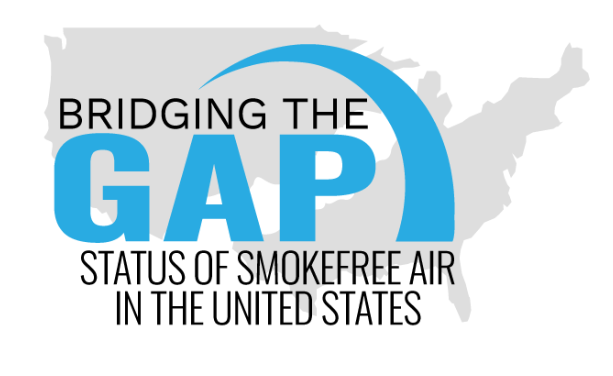Less than one-third of Missourians are protected by a 100% smokefree workplace, restaurant, bar, and casino law
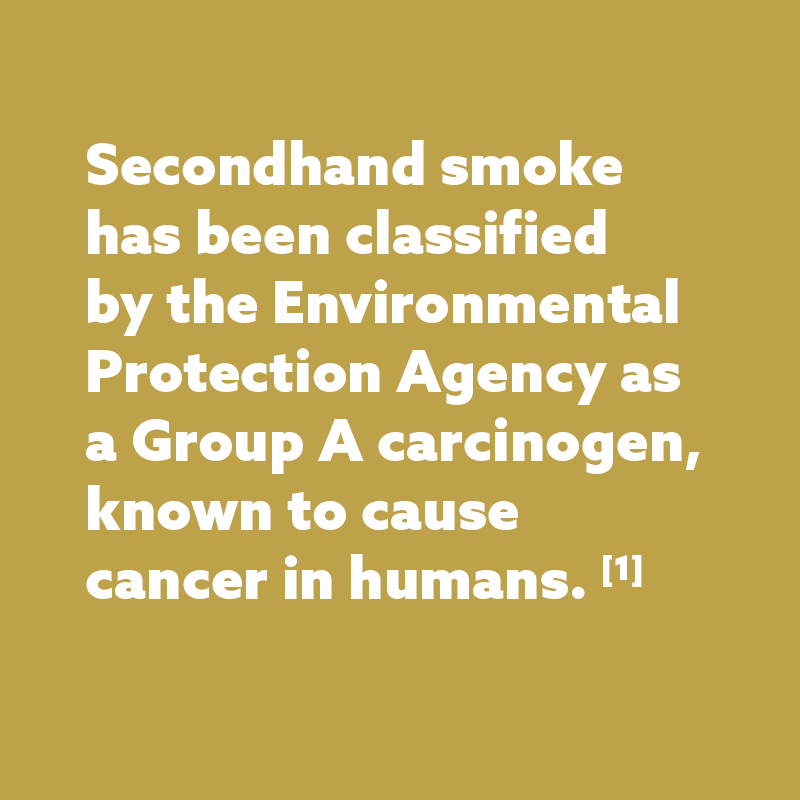
Missouri is the 18th most populous state with a population of 6.1 million. Over 30 municipalities have adopted a 100% smokefree workplace, restaurant, and bar law. The patchwork of smokefree laws leaves behind thousands of workers, particularly in hospitality venues like bars and casinos. Missouri does not have a statewide 100% smokefree law; 70.9% of the population is not fully protected from exposure to secondhand smoke in workplaces, restaurants, and bars.
- 62.3% of Americans enjoy comprehensive smokefree protections in all public places and workplaces, including restaurants and bars. In contrast, in Missouri only 29.1% of the population is protected by this type of smokefree law. [2]
- None of the nearly 10,000 workers in Missouri’s 13 casinos are protected from exposure to secondhand smoke.
- 128,000 Missourians currently under the age of 18 are projected to die of tobacco-related disease. [3]
- Healthcare costs attributed to tobacco use in Missouri amount to $3.03 billion annually. [4]
- Missouri ranks 39th out of 50 states, and 35th for Non-smoking Regulations in the United Health Foundation’s “America’s Health Rankings Annual Report.” [5]
- Closing smokefree gaps would reduce exposure to the hazards of secondhand smoke and increase health equity by providing healthy smokefree indoor air to all individuals.
Preemption Status:
Not Preempted
State law does not preempt local governments from adopting smokefree air laws. Preemption refers to situations in which a law passed by a higher level of government takes precedence over a law passed by a lower one. In such cases, preemptive state laws set a ceiling, rather than a floor, and do not allow local authorities to enact strong local laws.
70.1% of Missouri's workers are not protected from exposure to secondhand smoke
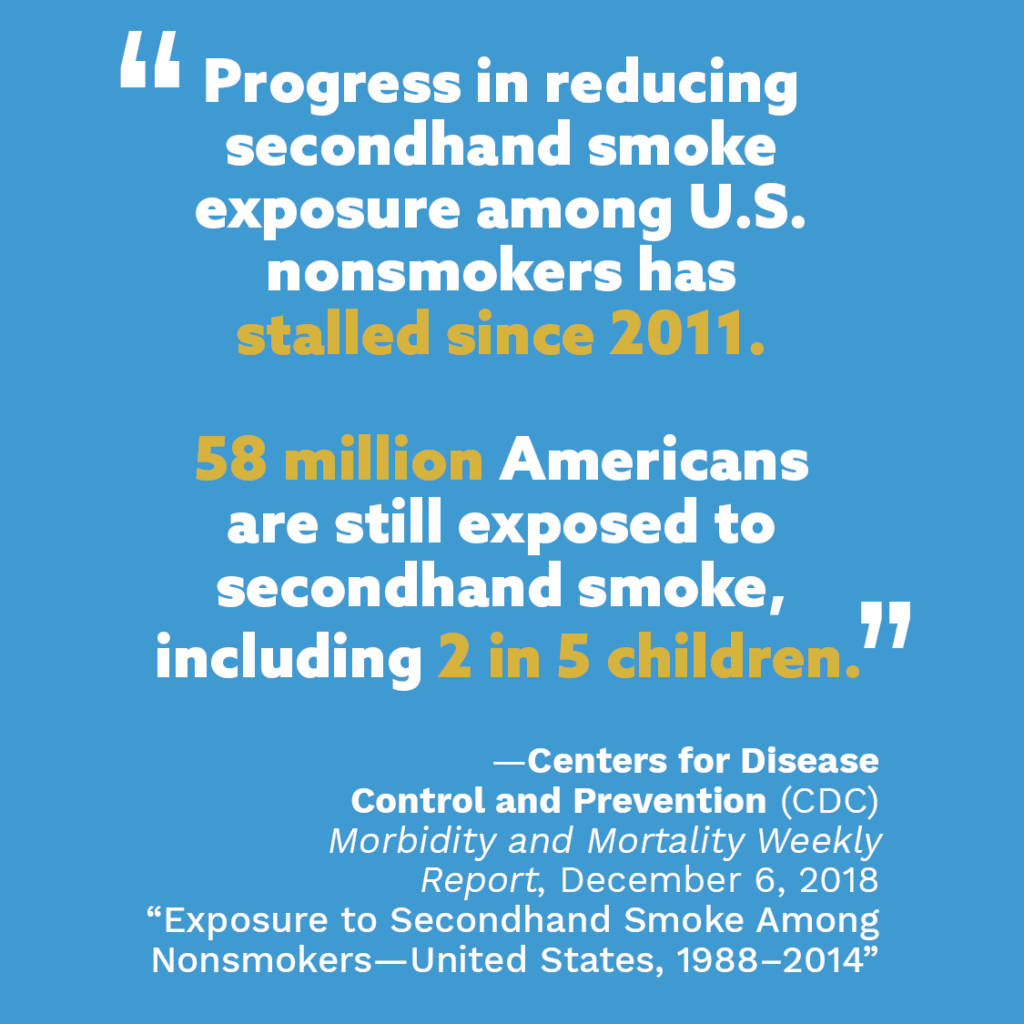

Current Landscape of Smokefree Protections
100% Smokefree Workplace, Restaurant, and Bar Laws, as of December 2022 [2]
Click on any star for city name.
To see additional smokefree laws, visit our list.
There has been good local momentum toward 100% smokefree laws in Missouri. Of the communities that have adopted smokefree provisions, many have strong laws which cover all non-hospitality workplaces, restaurants, and bars; however, none of the cities with casinos have a smokefree casino provision in effect.
There is significant opportunity to reinvigorate the movement and to relaunch efforts that would bring smokefree air to more of Missouri’s population.
A total of 48 Missouri communities have 100% smokefree workplaces, restaurant and/or bar laws in effect. Of those, 33 cover all three provisions.
*By law, some cities and counties do not have freestanding bars, but their law is written in such a way that if bars were allowed they would be covered; in these instances, we have put a 100 in the Bars column.

Who is Left Behind
The majority of people in Missouri are not fully protected by a 100% smokefree workplace, restaurant, and bar law. Another significant workplace exposure is in the commercial casinos throughout the state. There are 13 commercial casinos that employ nearly 10,000 people located in 11 cities across the state (Boonville, Cape Girardeau, Caruthersville, Kansas City, La Grange, Maryland Heights, North Kansas City, River City, St. Charles, St. Joseph, and St. Louis). Smoking is allowed in all of these casino workplaces. [6]
Missouri lacks comprehensive smokefree protections, has the lowest tobacco tax in the nation, and has little to no investment in tobacco prevention or cessation: these factors make it a target for the tobacco industry to continue to bankroll high profits. Meanwhile, the people of Missouri continue to be made ill by tobacco use and secondhand smoke exposure. For those living in extremely rural parts of the state, smoking remains part of the social norm, with adult smoking rates reaching 45%. [7] There are no 100% smokefree workplace, restaurant, bar, or casino laws in the entire southeast region of the state, which is known as the boot heel. The region is also known for its poor health outcomes. In the most populated area of the state, the city of St. Louis, people are also unprotected. This particularly impacts African American residents, as they make up almost 50% of St. Louis City and 34% of St. Louis County. Tobacco-related disease and death impact the various communities of St. Louis disparately. The gap in life expectancy in the region continues to grow – 55 years in Berkeley compared to 91 years in Chesterfield [8].
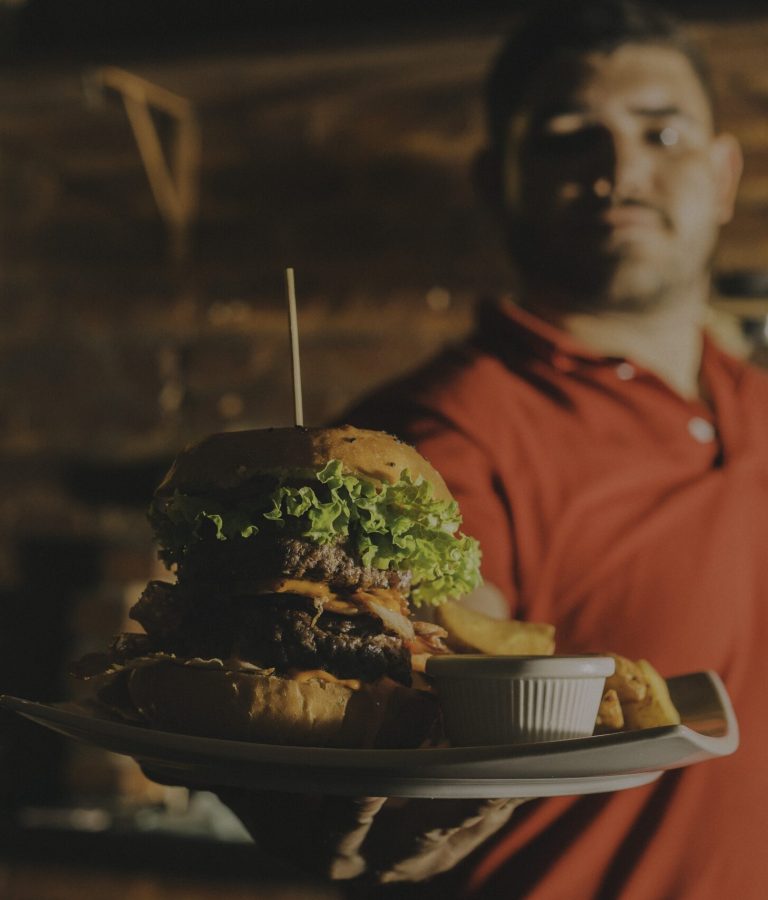

Bar and Gaming Hospitality staff are exposed to secondhand smoke
Poor Health Outcomes and High Costs
Tobacco use is the leading preventable cause of death in the United States. More than 480,000 people die from smoking or exposure to secondhand smoke each year. [3] Missouri spends $5.86 per person on public health annually, which is less than any other U.S. state, and approximately $22 below the national median. Many of the state’s health indicators fall in the bottom third compared to other states.
In Missouri, the smoking rate among adults is 17.8% and 6.5% for high school students, compared to national rates of 14% and 8%, respectively. Tobacco exacts a high toll in Missouri where 11,000 people die each year of tobacco-related illness. At current trends, 128,000 people under the age of 18 in Missouri are projected to die prematurely from tobacco-related illness. [3]
Annual health care costs in the state directly caused by tobacco use are $3.03 billion ($644 million of which is Medicaid expenditures). [4]
Secondhand smoke exposure causes heart disease, stroke, and lung cancer among adults, as well as respiratory disease, ear infections, sudden infant death syndrome, more severe and frequent asthma attacks, and slowed lung growth in children. [3,9]
Beyond secondhand smoke exposure, nonsmokers exposed to thirdhand smoke in a casino are at an ever higher risk than those in a thirdhand smoke-polluted home. [10] Further, hospitality workers and children are susceptible to thirdhand smoke exposure, as the particles cling to hair, clothing and cars. Young children are particularly vulnerable, because they can ingest tobacco residue by putting their hands in their mouths after touching contaminated surfaces. [11]
Smokefree laws help to reduce adult smoking prevalence and prevent youth and young adult smoking initiation. [3,9]
Those most likely to be exposed to secondhand smoke work in the hospitality industry and are more likely to identify as a racial minority.
New Potential Challenge: Secondhand Marijuana Smoke
Missouri residents approved a ballot measure to legalize the medical use of cannabis in 2018. A measure to expand adult use of marijuana will appear on the 2022 November ballot. Secondhand marijuana smoke is a health hazard for nonsmokers. Just like secondhand tobacco smoke, marijuana smoke is a potent source of PM 2.5 fine particulate matter. Marijuana secondhand smoke impacts cardiovascular function; it contains thousands of chemicals and at least 33 carcinogens.
Gaming in Missouri
There are at least 13 gaming establishments in Missouri, and none are 100% smokefree. Casinos, race tracks and other gaming establishments are workplaces as well as public places and should also be smokefree. See the ANR Foundation Smokefree Casinos and Gaming Property Directory for Missouri.

First of its kind study demonstrates that casino visitors, even current smokers, desire smokefree spaces.
“When smoking is allowed in indoor areas of casinos, millions of nonsmoking casino visitors and hundreds of thousands of employees can be involuntarily exposed to secondhand smoke and related toxicants.” [12]
—Office on Smoking and Health, Centers for Disease Control and Prevention
A recent study found that 75% of U.S. adults who visit casinos favor smokefree casinos.
No prior studies have exclusively assessed adult attitudes toward smokefree casinos in the United States.
This study found very high favorability among those age >64 (81.6 %), college educated (81.7%), and higher income (79.1/80.8%). Smokers made up 13% of the sample, and, of those smokers, nearly half (45%) supported smokefree casinos. [12]
COVID Reminds Us That Health Promotion Policies Matter
Smoking and vaping, along with exposure to secondhand smoke and aerosols, negatively impact the respiratory system and may cause a person’s immune system to not function properly, known as being immunocompromised. Research demonstrates that current and former smokers of any age are at higher risk of severe illness from coronavirus disease (COVID) in part due to compromised immune and/or respiratory systems. Smoking leads to cardiovascular disease, as well as respiratory illnesses including bronchitis, asthma, Chronic Obstructive Pulmonary Disease (COPD), and lung cancer as a result of exposure to particulate matter, toxins, and carcinogens into their lungs. Secondhand tobacco and marijuana smoke and aerosol contain many of the same toxins, carcinogens, and particulate matter that lead to respiratory and cardiovascular diseases.
Removing masks to smoke or vape indoors undermines the proven benefit of face coverings and increases the risk of transmitting or inhaling COVID via infectious respiratory droplets, uncovered coughs, and increased touching of faces. Preventing exposure to secondhand smoke and e-cigarette aerosol or vape by adopting a smokefree policy with no smoking or vaping indoors and moving smoking or vaping to socially distanced outdoor areas away from entrances, could help mitigate worker and public exposure to carcinogens and toxins, as well as COVID.
Just as social distancing and handwashing help prevent the spread of disease, eliminating secondhand smoke is critical to prevent acute and chronic diseases, and saves lives by reducing the risk of heart disease, stroke, respiratory diseases, and lung cancer by up to 30% at a population wide level.
Going smokefree prevents exposure to the carcinogens and toxins in secondhand tobacco and marijuana smoke as well as dramatically reduces the spread of respiratory droplets that could transmit flu and other viruses like COVID.
Strategies to Close Gaps & Increase Health Equity
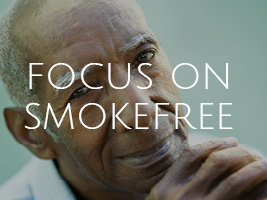
Focus on smokefree policies: Competing issues can distract and delay work on smokefree policies. Smokefree laws have immediate and long-term health and economic benefits: they are worth the investment of time and effort to protect everyone from exposure to a known human carcinogen. [3]

Let local lead the way: Since Missouri municipalities have the authority to adopt local laws, communities should focus on local laws covering all workplaces, including bars and gambling facilities. Local control and increasing civic engagement is at the heart of our broader goal of educating the public about the health effects caused by secondhand smoke and changing attitudes regarding smoking in ways that harm other people.
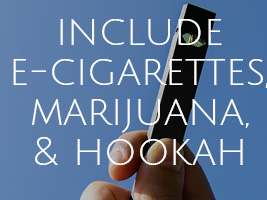
Smokefree laws should also prohibit the use of electronic cigarettes ( e-cigarettes), marijuana, and hookah to prevent secondhand smoke exposure to the toxins, carcinogens, fine particles, and volatile organic compounds that have been found to compromise respiratory and cardiovascular health. [13,14] The largest municipalities like St. Louis and Kansas City have partial and weak smokefree laws that exempt casinos. Recently in St. Louis, the initiative petition process was engaged as an option of last resort. The public health supported measures never made it to voters due to interference from the opposition. Ballot campaigns require additional expertise and finances; the tobacco and gaming industries and their allies are connected, well-financed, and can adeptly oppose or interfere with underfunded public health efforts.

Thwart preemptive efforts: The tobacco industry and its allies regularly promote preemptive legislation in the Capitol. Preemptive laws typically contain a few very weak provisions and prevent further progress at the local level where stronger laws are more likely to pass.
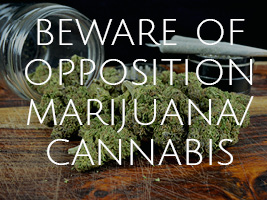
Beware of opposition from cannabis/marijuana proponents: Missouri residents approved a ballot measure to legalize the medical use of cannabis in 2018 and is likely to expand adult use in 2022. Marijuana smoke is also a form of indoor air pollution and a hazard to nonsmokers’ health. In order for indoor workplaces and public spaces to truly be safe and healthy environments, tobacco and marijuana smoke, along with secondhand e-cigarette aerosol/vapor should be prohibited.

Invest in the future: In order to address the gaps in smokefree coverage, a great deal of effort and financial resources will be required to counter misinformation from the tobacco and casino industries about the viability of ventilation systems to protect people from secondhand smoke, and to educate the public about the benefits of smokefree workplaces (including casinos) and the costs of keeping smoke inside businesses. Collaborating with and mobilizing additional community-based partners who represent those individuals or classes of workers being left behind is critical to success.
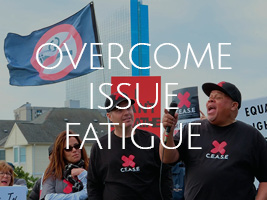
Overcome issue fatigue: Public health coalition partners have faced frustrations over previous challenging and unsuccessful smokefree campaigns. While these experiences can lead to a sense of futility, it is critical to continue efforts to educate the community and elected officials about the health and economic benefits of smokefree laws.

Increase funding and resources: Tobacco prevention, education, training, and cessation funds are needed to better address disparities in smoking status and exposure to secondhand smoke. The tobacco tax in Missouri remains the lowest in the nation and due to a constitutional requirement to send tax measures to the ballot, it is unlikely that the price of products will be increased in a meaningful way in the near future. Currently less than 0.5% of Master Settlement Agreement dollars are designated for tobacco prevention and cessation programs, and even those dollars are in jeopardy as the parameters of the agreement have not been diligently enforced and face legal challenge. Innovation and collaboration from resourceful partners will be required to fill the gap created by a lack of investment in building a foundation for effective tobacco control programming.
Sources of Data:
- “U.S. Environmental Protection Agency, Respiratory Health Effects of Passive Smoking: Lung Cancer and Other Disorders,” EPA/600/6-90/006F, December 1992.
- American Nonsmokers’ Rights Foundation. U.S. Tobacco Control Laws Database. Berkeley, CA, 2022.
- US Department of Health and Human Services. The health consequences of smoking: 50 years of progress. A report of the Surgeon General. Atlanta, GA: US Department of Health and Human Services, CDC; 2014.
- Centers for Disease Control and Prevention. (n.d.). State Highlights: Missouri [from State Tobacco Activities Tracking and Evaluation System].
- United Health Foundation. (2021). America’s Health Rankings Annual Report.
- American Gaming Association. State of the States: The AGA Survey of the Casino Industry, September 2018.
- Missouri Resident County-Level Data (2011). Missouri Department of Health and Senior Services.
- Robert Wood Johnson Foundation. Does where you live effect how long you live?
- US Department of Health and Human Services. Preventing tobacco use among youth and young adults. A report of the Surgeon General. Atlanta, GA: US Department of Health and Human Services, CDC; 2012.
- Matt, Dr. Georg (2018). Smoking Bans May Not Rid Casinos of Smoke. US News and World Report.
- Matt, G E, Quintana PJ E, Hovell MF et. al. (2004). Households contaminated by environmental tobacco smoke: sources of infant exposures. British Medical Journal: Tobacco Control.
- Michael A. Tynan, BA1 ; Teresa W. Wang, PhD1; Kristy L. Marynak, MPP1; Pamela Lemos, MS1; and Stephen D. Babb, MPH1, Attitudes Toward Smoke-Free Casino Policies Among US Adults, Centers for Disease Control and Prevention Office on Smoking and Health, Public Health Reports, 2017 [accessed 2019 Mar 21].
- Grana, R; Benowitz, N; Glantz, S. “Background Paper on E-cigarettes,” Center for Tobacco Control Research and Education, University of California, San Francisco and WHO Collaborating Center on Tobacco Control. December 2013.
- Williams, M.; Villarreal, A.; Bozhilov, K.; Lin, S.; Talbot, P., “Metal and silicate particles including nanoparticles are present in electronic cigarette cartomizer fluid and aerosol,” PLoS ONE 8(3): e57987, March 20, 2013.
Related Reading:
Huang, J., King, B.A., Babb, S.D., Xu, X., Hallett, C., Hopkins, M. (2015). Socio-demographic disparities in local smokefree law coverage in 10 states. American Journal of Public Health, 105(9), 1806–1813.
Tynan, M.A., Baker Holmes, C., Promoff, G., Hallett, C., Hopkins, M., & Frick, B. (2016). State and local comprehensive smoke-free laws for worksites, restaurants, and bars — United States, 2015. Morbidity and Mortality Weekly Report, 65(24), 623-626.
[n.a.], “Tobacco industry interference with tobacco control,” Geneva: World Health Organization (WHO), 2008.
NCI Monograph 17: Evaluating ASSIST – A Blueprint for Understanding State-level Tobacco Control Evaluation of American Stop Smoking Intervention Study for Cancer Prevention Chapter 8, Evaluating Tobacco Industry Tactics as a Counterforce to ASSIST (October 2006).
July 2022

